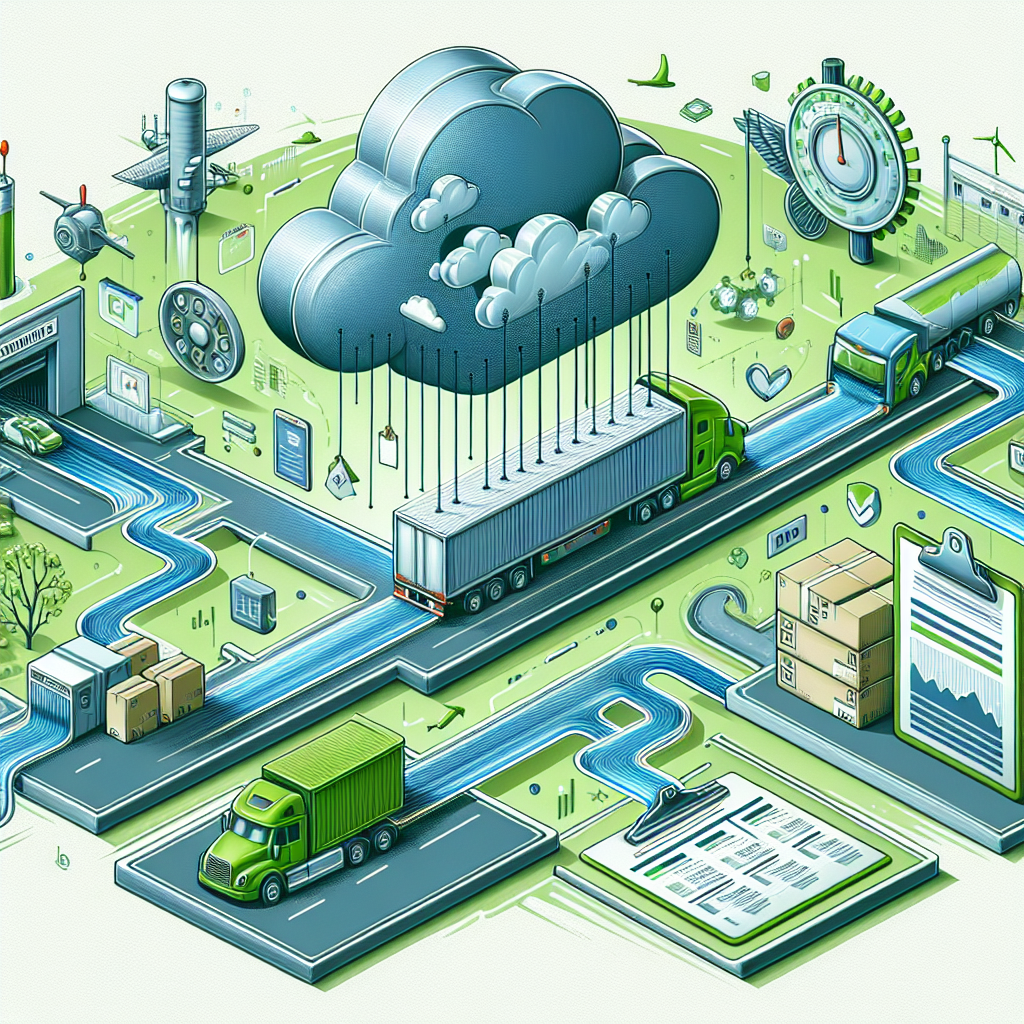Blog Ecobraz Eigre

How to integrate the carrier's TMS with collection and CDF protocols?
Introduction to TMS Integration with Pickup Protocols and CDF
The integration of the Transport Management System (TMS) with pickup protocols and Fulfillment Distribution Center (CDF) platforms is essential for optimizing logistics processes, increasing efficiency and guaranteeing product traceability throughout the transport cycle. This integration promotes greater operational control, reduced errors and better communication between carriers and distribution centers.
What is a TMS and its importance in logistics
The TMS is a tool that manages and optimizes transport operations, from route planning to real-time monitoring of loads. It enables effective fleet management, cost control and improves customer service by ensuring that deliveries are made quickly and accurately.
Collection protocols: Ensuring compliance and safety
Collection protocols are standardized procedures that regulate the steps for collecting loads, ensuring that they are carried out within the required safety and quality standards. These protocols define everything from scheduling and the necessary documentation to checking the items collected, which ensures integrity and responsibility during reverse or conventional logistics.
Fulfillment Distribution Center (FDC): Strategic role in the logistics chain
The CDF is a central hub that facilitates the storage and agile distribution of products. This structure is essential for quickly meeting market demands and for tracking orders, and integration with the TMS is necessary to synchronize information on the receipt, separation and dispatch of goods.
Steps to integrate the TMS with collection protocols and CDF
Effective integration requires a systematized approach, with a focus on technology and communication. Here are the essential steps for this integration:
- Process mapping: Know in detail the flows of the TMS, collection protocols and CDF operations.
- Definition of technical standards: Establish standardized formats for data exchange, such as XML, JSON or EDI.
- Development of APIs: Create programming interfaces that allow real-time communication between systems.
- Automating processes: Automating scheduling, checking, dispatching and monitoring to reduce errors and delays.
- Training and training: Ensuring that operational teams understand how the tools work together to maximize their use.
- Continuous monitoring: Monitoring performance, identifying faults and promoting constant improvements.
Benefits of integration for the logistics operation
Integrating the TMS with the collection protocols and the CDF brings several gains that directly impact the quality of transportation and distribution services:
- Reduction of errors and rework: Automated communication reduces failures in collection and delivery.
- Real-time tracking: Improves control of the load throughout the logistics process.
- Operational agility: Integrated processes increase the speed of delivery and service.
- Better planning and control: Unified data facilitates decision-making and preventive management.
- Regulatory compliance: Integrated protocols ensure compliance with current regulations.
Common challenges and how to overcome them
During integration, some obstacles can arise, such as incompatibility between systems, resistance to change and data complexity. To overcome them:
- Implement flexible and scalable solutions that support different technologies.
- Involve teams from the outset to foster acceptance of the changes.
- Invest in technical support and continuous updating of the platforms.
Conclusion
Integrating the carrier's TMS with collection protocols and the CDF is not just a technological improvement, but a strategic transformation that raises the efficiency and quality of the logistics chain. By following the recommended steps and investing in technology, it is possible to achieve more agile, secure and controlled operations, ready to meet the dynamic demands of the market.

Deixe um comentário
O seu endereço de e-mail não será publicado. Campos obrigatórios são marcados com *